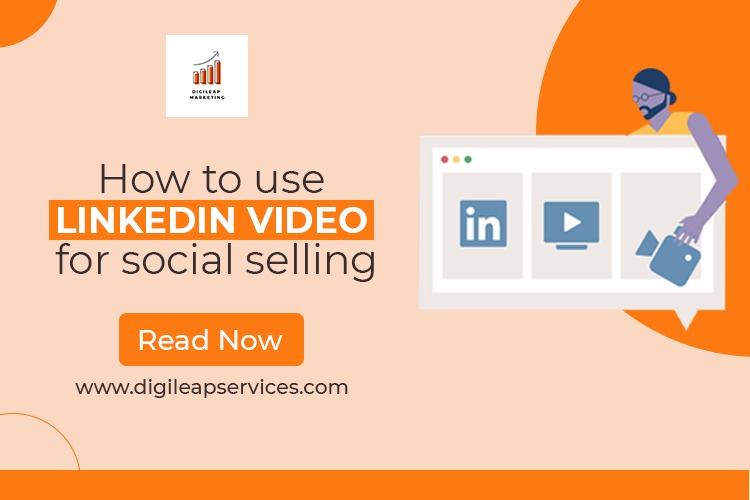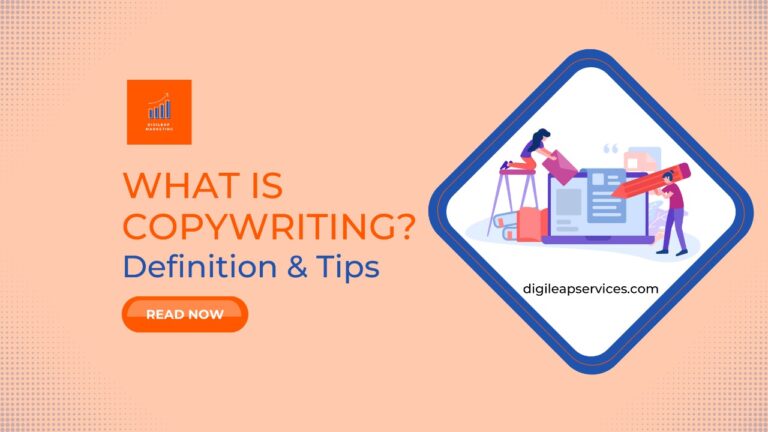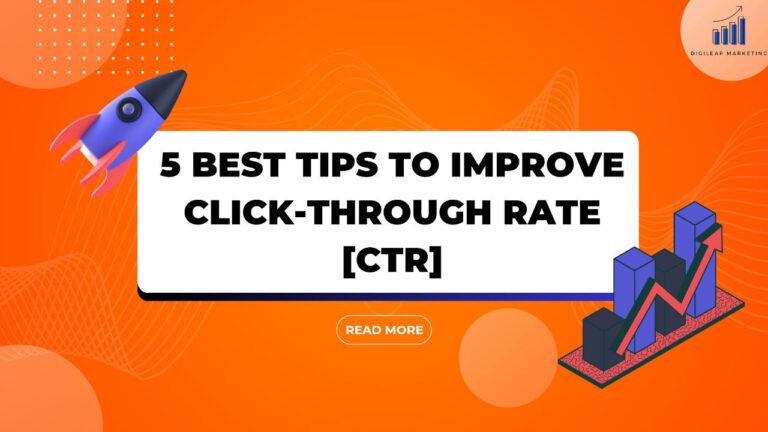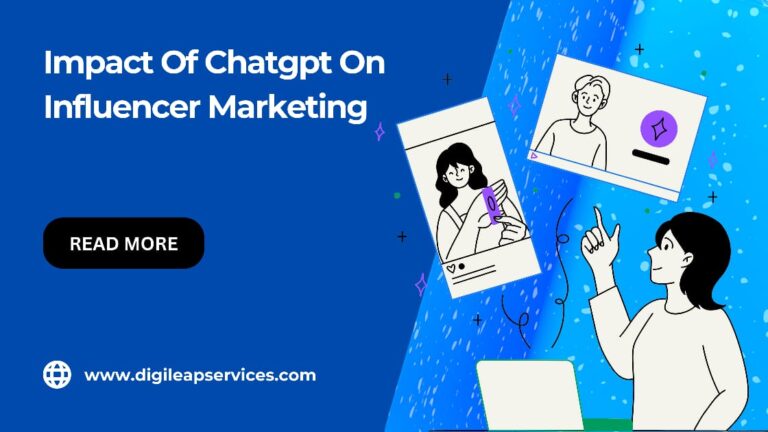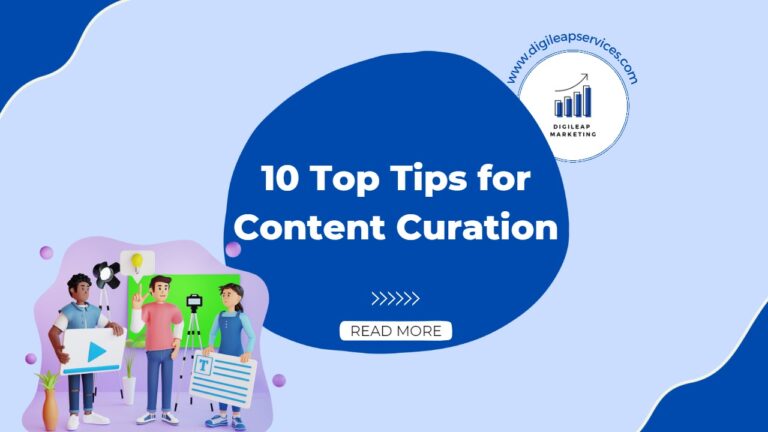Top tips for Customer Lifecycle Management
Managing customers is an integral part of operating a business. Customers are considered as the actual boss in the business. They are the ones who drive the market and hence every business should strive to serve their customers in the best manner possible. Businesses do not just have to target closing deals with the customers. They have to think of ways to maintain a long-term relationship with them. It starts from awareness followed by acquisition, conversion, retention, and finally loyalty. This can be very similar to winning your love. It does not just end with getting your crush to say yes. You have to further maintain that relationship with your better half to keep him/her happy. Customers should be treated in the same manner. This blog will sure gonna help you in knowing about the top tips for customer lifecycle management.
It is however easier said than done. Not every company can be called great for it’s customer service. Having a good customer lifetime value has become harder than ever at the present times. Customers have plenty of choices available in front of them. If a particular customer is unhappy with your service, it will not take much long for him/her to replace your company with your competitor. A mutually beneficial relationship has to be built with the customer to make him/her stay with the company for a long time. Top companies pay a really close attention towards their customer behaviour which helps them come up with unique customized strategies which can be applied to convert free users into paying customers. This is where Customer Lifecycle Management plays it’s important role. Let us first clarify what Customer Lifecycle means.
What is Customer Lifecycle?
Customer Lifecycle simply refers to the journey of the customer from being aware about a particular brand to becoming it’s loyal and paid user. The various stages as mentioned above include acquisition, conversion, retention, and loyalty.
What is Customer lifecycle management?
Converting a person into a loyal customer is a herculean task which involves a variety of strategies and planning. The metrics of the various stages should be assigned, tracked, and analysed. Decisions should be made accordingly. The metrics or the data will tell your success rate or the chances of conversion of a particular customer. Guiding the customers along a journey from being just aware about your brand to becoming a loyal paying user is not an easy task. Let us elaborate the different stages of customer lifecycle.
Customer Lifecycle Stages
There are five stages of customer lifecycle as mentioned above which are: Reach, Acquisition, Conversion, Retention, and Loyalty.
Reach
This the stage where a problem is being faced by a particular customer and he/she is searching for a solution. This is a valuable chance to reach this customer. A typical person would now research about different companies that are solving this problem and comparing various factors like price, reviews, etc. This is where Search Engine Optimization, Social Media Marketing, and other techniques are useful. They help the company be placed in front of the eyes of the customer. Top digital marketing companies like Digileap Marketing help companies by providing the best services which are bound to be noticed by their target customers. If this stage is well implemented, the customer usually reaches out to the company for more information. The first piece is now on the chess board and now it’s time to make the next move.
Acquisition
A customer should not enquire about the company’s products or services. He/she would either send an email or make a phone call after checking out the company’s various pages of the website. The customer’s questions should now we answered in a satisfactory manner. The needs of the customer should be well understood, and the best products or services should be suggested accordingly. The uses of the products or services might also have to be explained. The website should also explain to the customer all the information that he/she requires. It should talk properly about the cost, features, uses, etc.
Conversion
Now, if the customer is satisfied with all the information regarding the price, uses, and features of the product, he should now make the purchase. He/she can now be called as a person converted into a customer. You now have to make sure that you are providing value for the money of the customer. The quality of the product/service should make the customer happy. You now have to retain the customer and make him/her stick to your brand.
Retention
This starts by learning about the customer experience. Feedback should be acquired from the customer and gaps for improvement should be identified. Customer feedback surveys can be taken and ways to improvise can directly be discussed with the customer to see if it works. Amazing value additions can be offered to the customers like discounts, referral bonuses, friendly customer service, etc to make them stay with the company. The customer now becomes a brand promoter through word of mouth.
Loyalty
What makes a customer choose between two brands selling the same product? Brand loyalty. It is very important and can help in unimaginable ways. Customer now makes additional purchases to improve his/her user experience and is also willing to try the latest products. The company however has to be very careful at this stage. One bad experience can drive a loyal customer away. The customer can easily replace you with your competitor.
Customer Lifecycle Management Tips
There are ways to make the process of Customer Lifecycle Management more efficient and effective.
Identifying Target Audience
You have to determine who your products or services are meant for. Instead of targeting everyone, you to identify a specific audience for whom your products or services could be useful.
Creating content that is relevant
Sharing content that is of value to the audience is very important. It should be interesting to the audience so that they follow your social media pages and engage. It should also be search engine optimized so that it shows up in the top search results. Customer when later require the product or service , your company should be the first company that they think of.
Self-service Resources
Make the customer experience as simple as possible by giving out as much information as possible. If the customer gets a doubt, it should be clarified by simply going through the various information available on the app or website. FAQs are popular for this purpose.
Active Customer Service
Apart from relying on the information available on the website pages, the sales team should also be reaching to the customers or the people who have not been converted yet. Free trials or demos can be offered through which people will get to know what your company is about.
Simple Purchase System
The payment should be done by the customer as smoothly as possible without any problems. It is an important part of the user experience. The customer is trusting you with his/her money and it should not be broken. The customer should not have to inquire about the payment system or the money.
Personalizing the Customer Experience after the Purchase
Care should be taken of the customer even after purchase. They can personally be contacted after purchase to ensure if the needs of the customer have been met in the best manner possible.
All these methods and tips should be followed keeping the customer perspective in mind. Companies like Digileap Markteting ensure that the digital marketing done by the business follow all these methods and keep improvising according to the customers.


